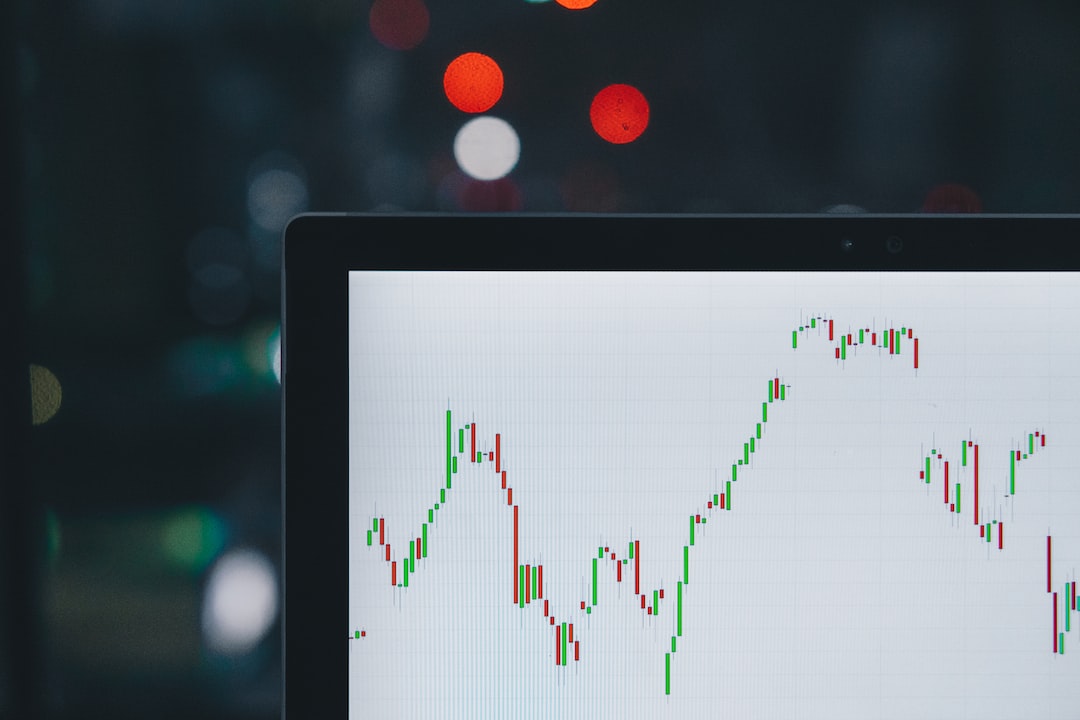Forex trading involves buying and selling currencies in the global market. The aim is to profit from the exchange rate differences between the currencies. As a forex trader, it is important to keep track of your trades to identify patterns and improve your trading strategies. One way to do this is by journaling your trades. In this article, we will discuss how to journal forex trades.
Why Journal Forex Trades?
Journaling forex trades involves recording the details of every trade you make, including the date, time, currency pairs, entry and exit points, trade size, stop loss, and profit target. By doing this, you can analyze your trading behavior and identify patterns that lead to successful or unsuccessful trades. You can also track your progress over time and adjust your trading strategies accordingly.
Journaling your trades is also helpful when it comes to tax reporting. You can easily track your gains and losses, and calculate any capital gains tax that you may be liable for.
How to Journal Forex Trades?
1. Choose a journaling method
There are different ways to journal forex trades, including using a spreadsheet, a trading journal software, or a physical notebook. The choice of method depends on your preference and the level of detail you want to capture.
Using a spreadsheet or trading journal software allows you to easily sort, filter, and analyze your trades. However, it may take some time to set up and learn how to use the software. A physical notebook is simple and portable, but may not be as organized as a digital journal.
2. Record the details of every trade
For every trade you make, record the following details:
– Date and time of the trade
– Currency pair traded
– Entry and exit points
– Trade size (lot size or units)
– Stop loss
– Profit target
– Outcome of the trade (profit or loss)
You can also add notes on the reason for entering the trade, any news or events that may have affected the trade, and your emotional state during the trade.
3. Analyze your trades
After recording your trades for a period, you can analyze them to identify patterns and improve your trading strategies. Look for the following:
– Winning and losing trades: Identify the percentage of winning and losing trades. This will help you determine your success rate and adjust your trading strategies accordingly.
– Risk-reward ratio: Calculate the risk-reward ratio for each trade. This will help you determine if the potential profit justifies the risk.
– Entry and exit points: Analyze your entry and exit points to see if they are based on a sound trading strategy or if they are influenced by emotions or external factors.
– Trading frequency: Determine how often you trade and if you are overtrading or undertrading.
4. Adjust your trading strategies
Based on your analysis, adjust your trading strategies to improve your success rate. For example, if you have a low success rate, you may need to refine your trading strategy or adjust your risk management techniques. If you are overtrading, you may need to be more selective in the trades you take.
Conclusion
Journaling your forex trades is an important aspect of forex trading. It allows you to track your progress, analyze your trading behavior, and adjust your trading strategies accordingly. By consistently journaling your trades, you can improve your success rate and become a more profitable forex trader.





